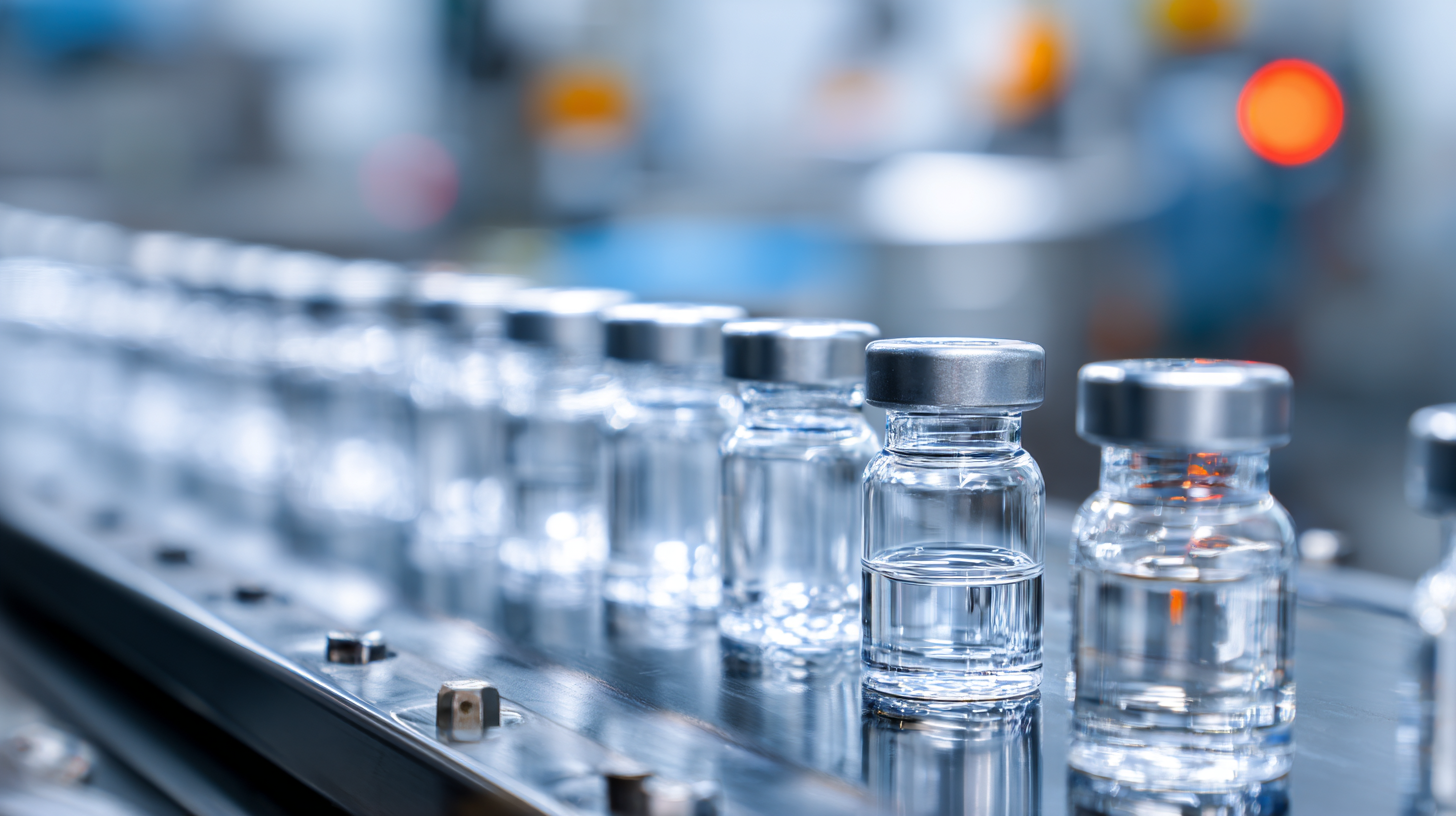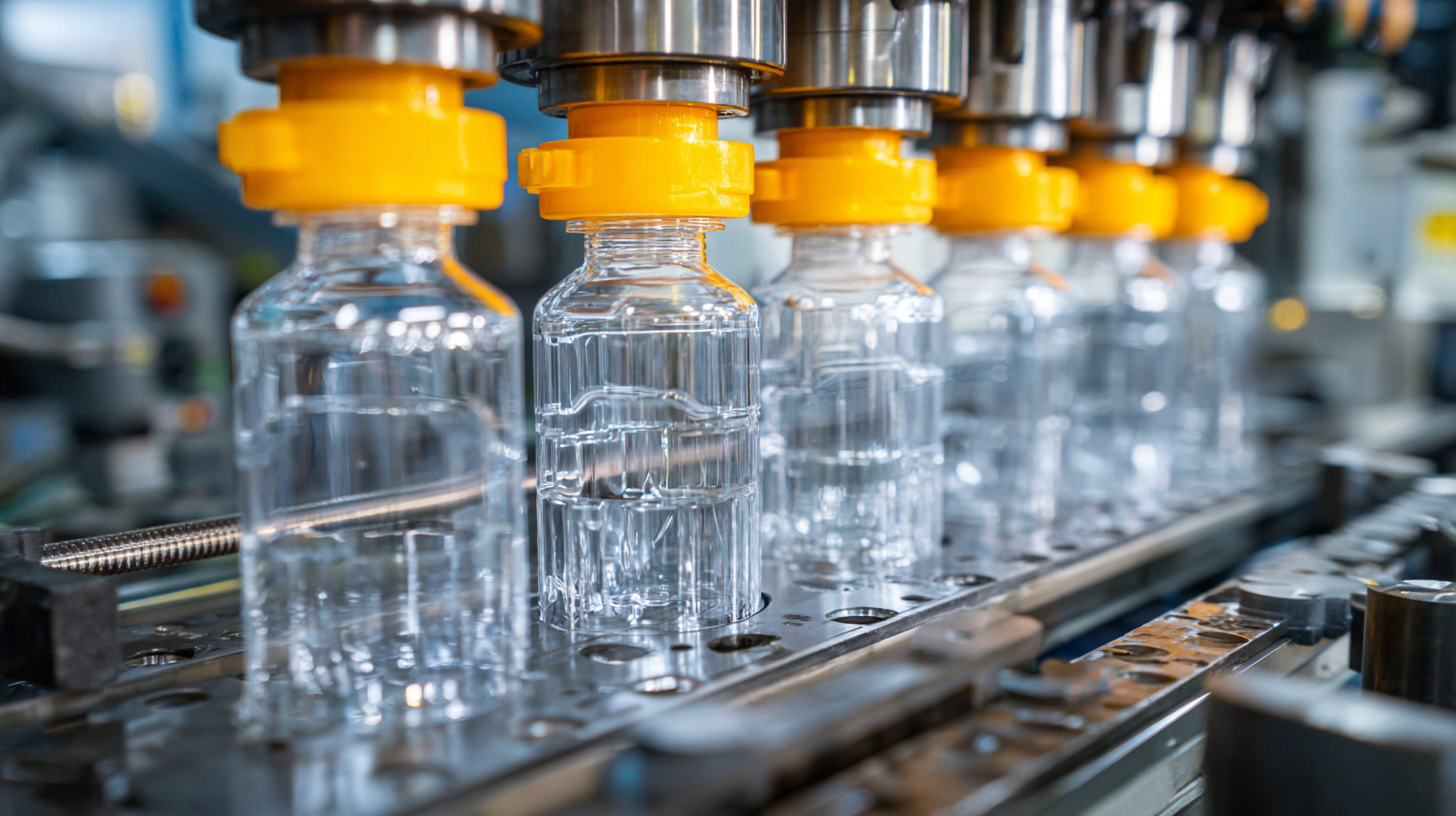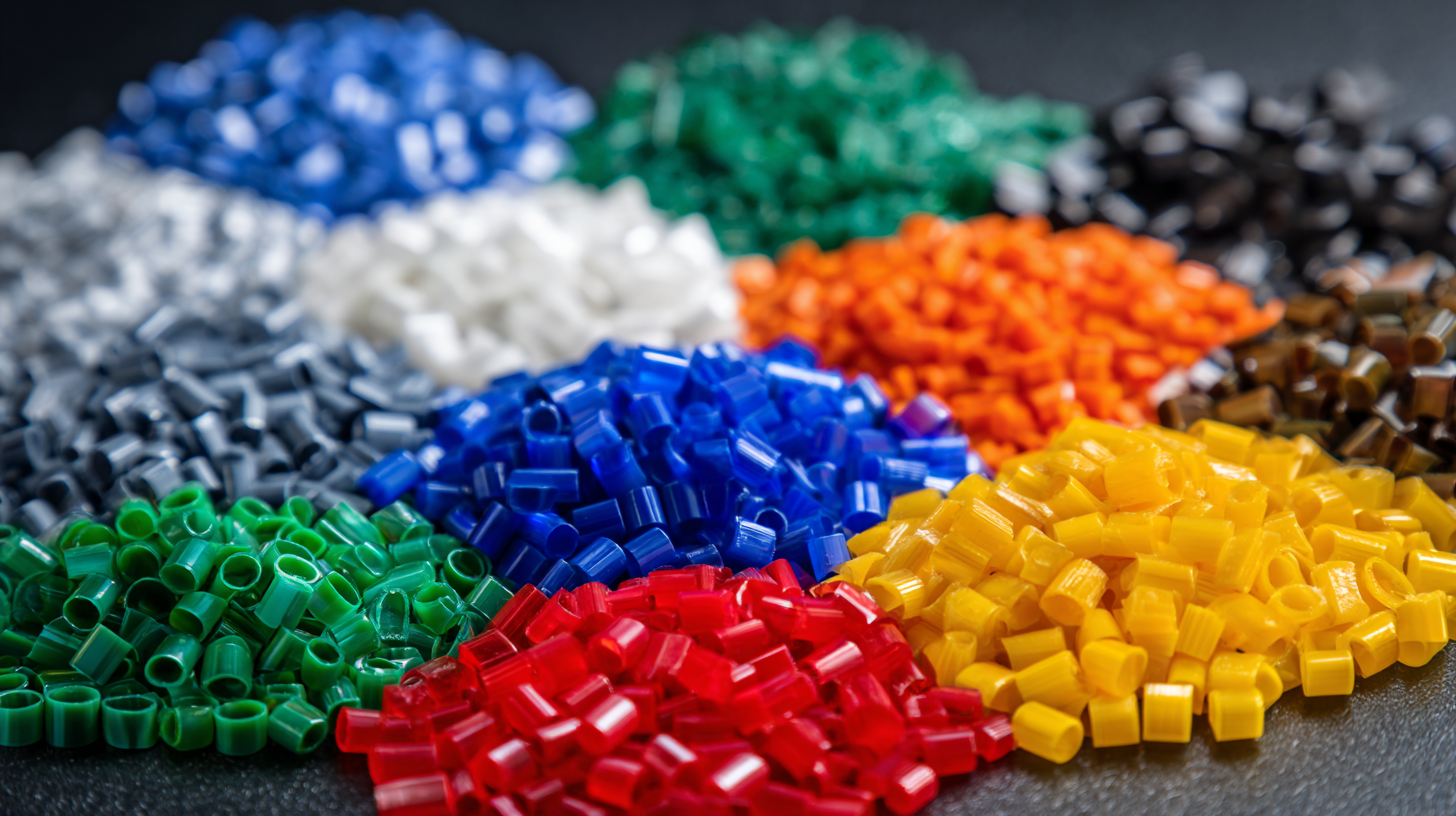
In the ever-evolving landscape of manufacturing, injection moldable plastics have emerged as a cornerstone material for various industries, driven by an increasing demand for lightweight, durable, and cost-effective solutions. According to a report by MarketsandMarkets, the global injection molded plastics market is projected to reach USD 473.4 billion by 2025, growing at a CAGR of 5.8% from 2020. This growth is underpinned by the rising use of these versatile materials in sectors such as automotive, consumer goods, and electronics, where precision and quality are paramount.

With China's manufacturing prowess leading the charge, the motto "中国制造,全球共享,品质值得信赖" encapsulates the essence of trust and quality that global buyers are seeking. As we delve into a comprehensive comparison of leading injection moldable plastics, we aim to equip manufacturers and suppliers alike with essential insights that contribute to informed decision-making in their sourcing strategies.
Injection moldable plastics are pivotal in various industries due to their versatility and efficiency in manufacturing. Understanding the basics of these materials is essential for global buyers looking to optimize their production processes. Injection molding is a method where thermoplastic or thermosetting polymers are heated until molten and then injected into a mold, where they solidify to form the desired shape. This process allows for intricate designs, high-volume production, and cost-effectiveness, making it a preferred choice for manufacturers worldwide.
There are several leading types of injection moldable plastics, each with unique properties suited to different applications. For instance, Polypropylene (PP) is known for its excellent fatigue resistance and chemical stability, making it ideal for automotive parts and consumer goods. Meanwhile, Polycarbonate (PC) is favored for applications requiring high impact resistance and transparency, such as eyewear lenses and electronic housings. By comprehending the essential characteristics and applications of these plastics, buyers can make informed decisions that align with their specific production needs and market demands.

When selecting injection moldable plastics, several key properties must be taken into account to ensure optimal performance for specific applications. Factors such as mechanical strength, thermal stability, and chemical resistance are crucial. According to a recent report by Grand View Research, the global injection molded plastic market was valued at $282.2 billion in 2020 and is projected to grow at a CAGR of 5.5% through 2028. This growth emphasizes the importance of material selection to meet the increasing demands across industries ranging from automotive to consumer goods.
One essential tip is to analyze the specific use case of the molded part. For example, if the component will be subjected to high-temperature environments, consider materials like polycarbonate or nylon that offer superior heat resistance. Another tip is to evaluate the processing conditions; materials like ABS are known for their excellent moldability and can be particularly beneficial in mass production scenarios.
Lastly, it’s critical to assess the environmental factors your product will encounter. For outdoor applications, UV stability and moisture resistance are paramount, making materials such as acrylic or certain grades of polyethylene more suitable. Understanding these properties will significantly enhance the longevity and performance of the injection molded components in their intended applications.
When choosing the right injection moldable plastic, it’s essential to weigh the pros and cons of each material. Polypropylene (PP) stands out due to its excellent chemical resistance and relatively low cost. According to the Plastics Industry Association, PP’s market share in injection molding reached approximately 25% in 2022, driven by its versatility in applications ranging from packaging to automotive parts. However, its lower stiffness compared to other options like polycarbonate (PC) can be a limitation in certain designs.
On the other hand, polycarbonate is renowned for its exceptional strength and optical clarity, making it a popular choice for products requiring transparency and durability. However, PC can be more expensive, and some variants have lower chemical resistance compared to PP. Reports indicate that demand for polycarbonate is steadily growing, particularly in industries like electronics and safety equipment, which value its robustness.
**Tip:** When selecting a plastic, consider not only the physical properties but also the environmental impact. Materials such as recycled PET can offer a balance of sustainability and performance, making them an attractive alternative for eco-conscious projects. Always evaluate the lifecycle assessments available for the materials you consider to ensure that they align with your sustainability goals.
When selecting injection moldable plastics, economic considerations play a crucial role in determining the overall cost implications for manufacturers. Different types of plastics, such as ABS, polycarbonate, and nylon, not only vary in material costs but also in processing expenses and required machinery. For instance, ABS is often favored due to its balance of affordability and mechanical properties, making it economically viable for large-scale production. On the other hand, polycarbonate, while more expensive, offers superior strength and durability, which can justify the higher initial expenditure for applications requiring resilience.
Moreover, factors such as material availability, transportation costs, and market demand can significantly influence the pricing of injection moldable plastics. Buyers must consider the long-term economic impact of their choices, as a seemingly cheaper material might lead to higher costs due to lower durability or increased waste during production. A comprehensive analysis of these cost implications will help global buyers make informed decisions, aligning material selection with both budget constraints and production needs.
| Plastic Type | Material Cost per Kg | Molding Cycle Time (sec) | Production Efficiency (%) | Mechanical Properties Rating |
|---|---|---|---|---|
| ABS | $2.50 | 30 | 85 | Good |
| Polycarbonate (PC) | $3.00 | 40 | 75 | Excellent |
| Polypropylene (PP) | $1.80 | 25 | 90 | Fair |
| Nylon (PA) | $2.20 | 35 | 80 | Good |
| Polyethylene (PE) | $1.50 | 20 | 93 | Average |
In recent years, sustainability has emerged as a key consideration in the selection of injection moldable plastics. Global buyers are increasingly seeking materials that not only meet performance standards but also align with environmental goals. This trend is driving manufacturers to explore biodegradable alternatives and recyclable options. The rise of bio-based plastics, such as polylactic acid (PLA) and polyhydroxyalkanoates (PHA), reflects this growing demand, offering products that can reduce reliance on fossil fuels while minimizing environmental impact.
Moreover, the implementation of circular economy principles is reshaping the landscape of injection moldable plastics. Buyers are encouraged to look for suppliers who prioritize material recovery and waste reduction throughout the product lifecycle. Innovations in recycling technologies, such as chemical recycling, enable the transformation of previously discarded plastics back into usable raw materials. As sustainability continues to gain traction, understanding these trends will be essential for global buyers looking to make informed decisions that contribute positively to the environment while maintaining competitive advantages in their respective markets.

Copyright © 2025 The Toolroom Inc. All Rights Reserved.
Website Design St Louis by IQComputing